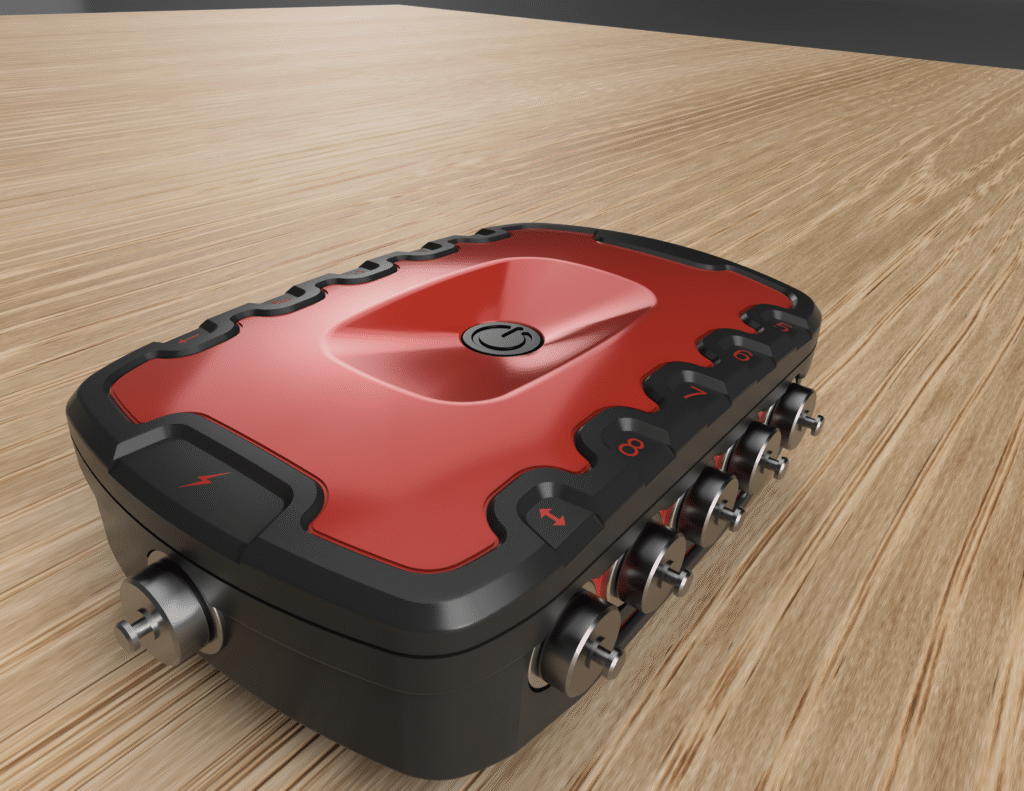Design for Assembly (DFA): Streamline Your Production
Published: September 29, 2025
Table of Contents
Introduction
Design for Assembly (DFA) streamlines product assembly, slashing production time and costs. At 3DDFM, BP Nel Consulting offers $75/hr expertise—half US rates—to help US startups save 20-30% on manufacturing. For example, our IoT Device optimized assembly steps, cutting labor costs by thousands, unlike complex designs that inflate budgets. Thus, DFA ensures efficient, scalable production. Get a free audit at 3ddfm.com!

Why DFA Matters
DFA simplifies assembly processes, reducing labor, errors, and costs. For instance, minimizing part counts can cut assembly time by 25%. Consequently, DFA enhances product quality and scalability, especially for medical devices and consumer products. BP Nel Consulting’s 29+ years of experience ensures US startups achieve cost-effective designs.
Key Considerations for Assembly Design
DFA addresses critical factors to ensure manufacturability, answering the Google top question, “How does DFA reduce manufacturing costs?”:
Part Count Reduction: Minimize components to lower assembly time.
Standardized Fasteners: Use common screws to simplify assembly.
Modular Design: Create sub-assemblies for faster production.
Ergonomic Assembly: Design for easy worker handling.
Tolerance Alignment: Ensure parts fit without rework.
For example, our Medical Health Station animation shows modular design in action. Thus, DFA streamlines production for cost savings.
Common Design for Assembly Mistakes
Poor assembly design drives up costs. Common mistakes include:
Excessive Parts: Increases assembly time and errors.
Non-Standard Fasteners: Complicates sourcing and assembly.
Complex Joints: Slows production and raises rework costs.
Poor Tolerance Design: Causes misfits, requiring adjustments.
For instance, a client’s unoptimized IoT device had 20+ parts, adding $2,000 in labor. DFA avoids these issues.
Steps to Implement DFA
Implementing DFA requires a structured approach:
Design Analysis: Review CAD models for part count and tolerances using Fusion360.
Prototype Testing: Build prototypes to identify assembly issues, saving 15-20% on revisions.
Component Optimization: Reduce parts and standardize fasteners with engineers.
Assembly Simulation: Use software to test assembly sequences, cutting time by 20%.
Validation: Run pilot assemblies to ensure scalability.
For example, our Electronics Covers DFA process reduced parts by 30%, saving $3,000. Therefore, DFA ensures efficient production.
Role of Technology in DFA
Technology enhances DFA efficiency:
CAD Software: Simulates assembly to catch errors early.
3D Printing: Creates prototypes for fit testing.
Automation Tools: Suggests part reductions for cost savings.
AR/VR: Visualizes assembly for worker training.
For instance, our Load Bin Organizer used 3D printing to test assembly, reducing errors by 25%. Thus, technology drives DFA success.
Case Study: Optimizing an IoT Device for DFA
Our IoT Device showcases DFA success. Initially, the design had 25 parts, risking $2,000 in extra labor costs. We applied DFA principles:
Reduced parts to 15, cutting assembly time by 30%.
Standardized screws, saving 20% on sourcing.
Designed modular sub-assemblies for scalability.
The result? A streamlined design that saved thousands and launched on time. Watch the animation at IOT DEVICE to see the optimized assembly. Get a free audit at 3ddfm.com.
FAQ: How Does DFA Reduce Manufacturing Costs?
DFA reduces manufacturing costs by minimizing part counts, standardizing fasteners, and optimizing assembly sequences, saving 20-30% on labor and materials. For example, reducing parts by 10% can cut assembly time by 15%. Thus, DFA ensures cost-effective production.
Conclusion
Design for Assembly transforms production for US startups in medical devices and consumer products. Partner with 3DDFM for $75/hr expertise, as shown in our IoT Device case study. Our 29+ years of experience ensures success. Hence, get a free audit at 3ddfm.com!
